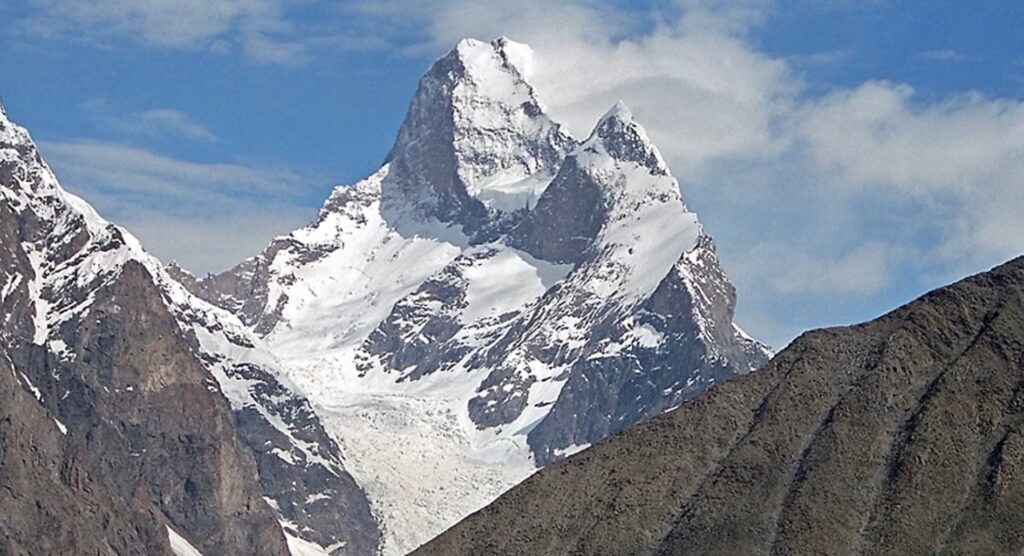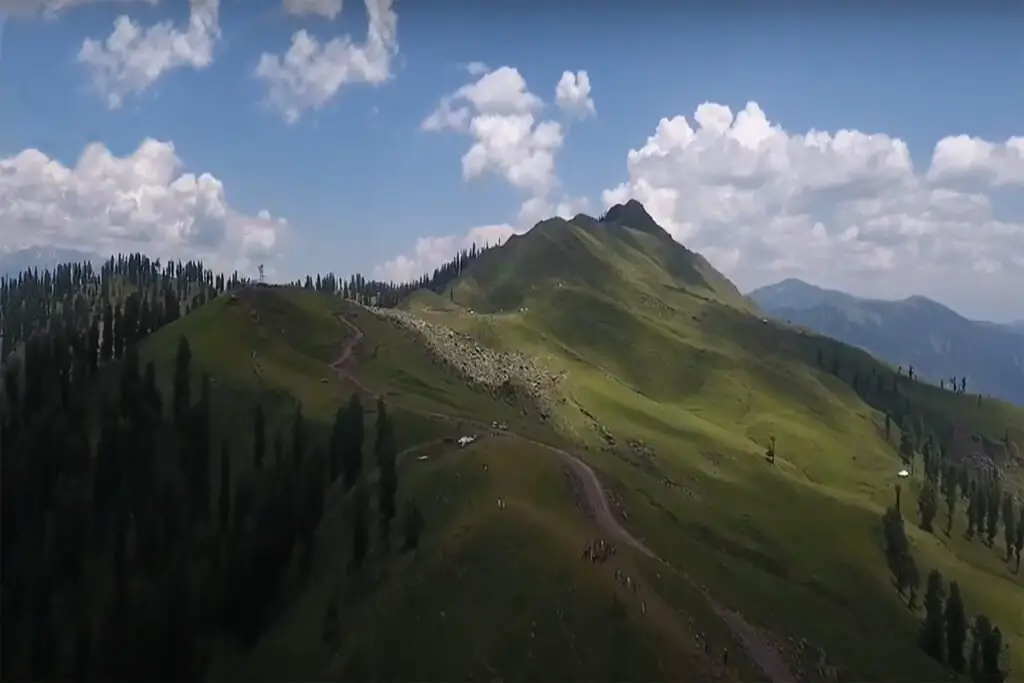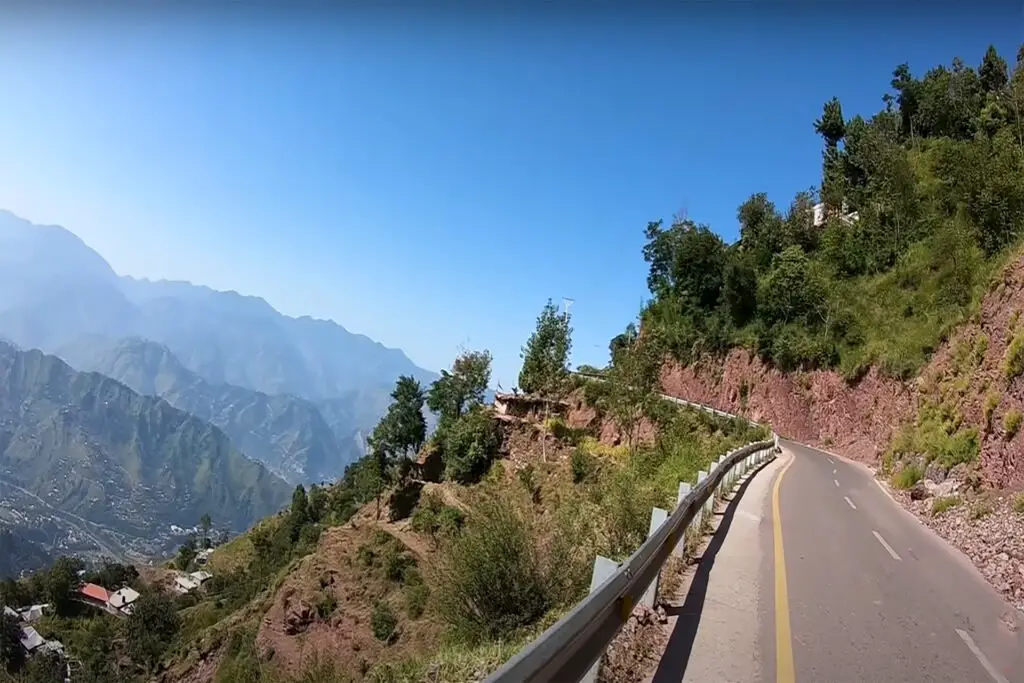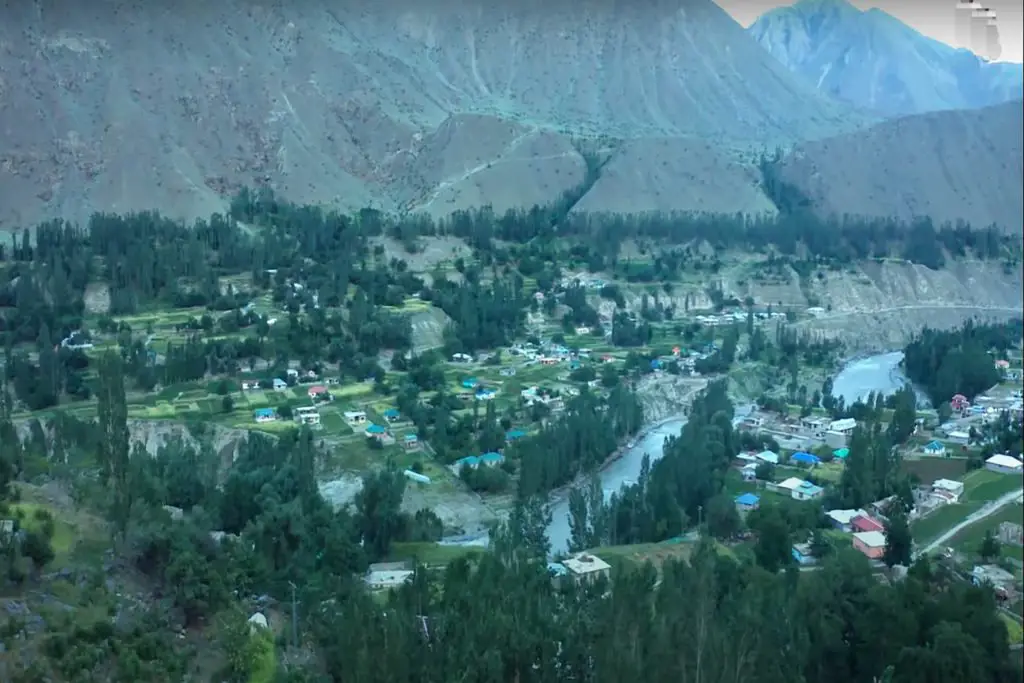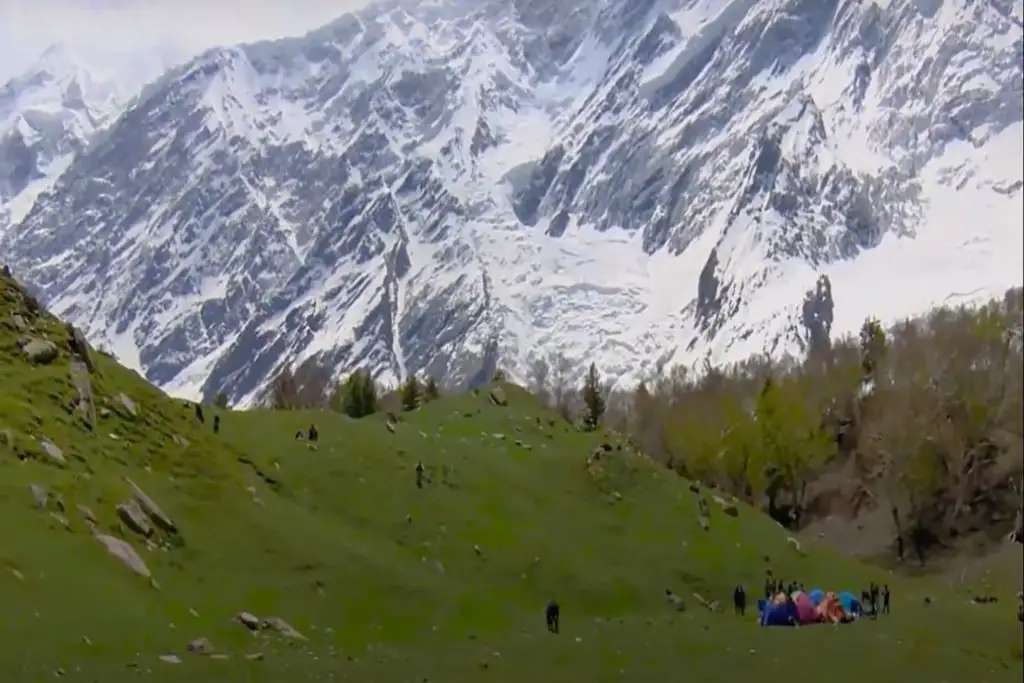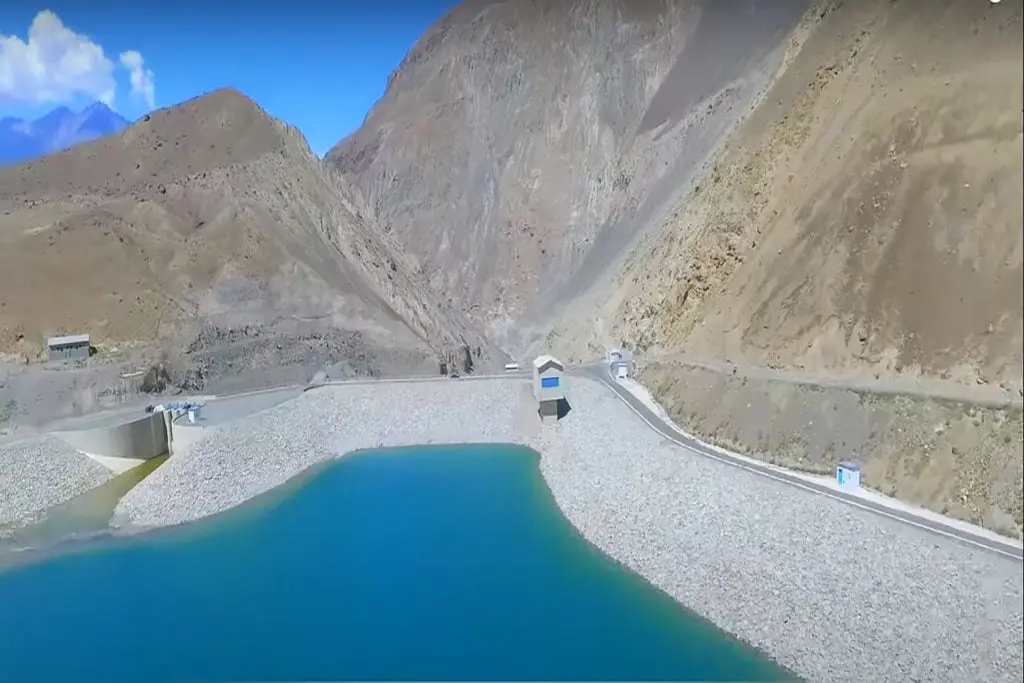Muztagh Tower, also known as Muztagh Tower Peak or Mustagh Tower, is a majestic peak located in the Karakoram Range of the Himalayas in Northern Pakistan. Rising to an elevation of 7,276 meters (23,855 feet), Muztagh Tower is a popular destination for mountaineers and adventurers seeking a challenging and rewarding climb.
Muztagh Tower Location
Muztagh Tower stands as a formidable mountain in the Baltoro Muztagh range, nestled on the border of the Gilgit-Baltistan region of Pakistan and the Xinjiang Uygur region of China. Its location between the Baltoro and Sarpo Laggo Glaciers adds to its allure and challenge for mountaineers seeking to conquer its summit.
History of Muztagh Tower
Muztagh Tower was first discovered by British explorer G. Workman during his travels in the region in 1900. However, it wasn’t until 1956 that a team of British climbers led by Joe Brown made the first successful ascent of the peak. Since then, many climbers from around the world have attempted to summit Muztagh Tower, with varying degrees of success.
The fame of Muztagh Tower can be attributed to a captivating yet somewhat deceptive photograph taken by Vittorio Sella during the 1909 Italian expedition to K2. This photograph, captured from the upper Baltoro, presented the twin summits of Muztagh Tower in perfect alignment, resembling a slender tooth and creating an impression of impregnability. It became an iconic representation of the mountain, earning it the moniker “The Last Citadel.”
Nearly five decades later, in 1956, Sella’s photograph served as inspiration for two expeditions racing to achieve the first ascent of Muztagh Tower. Contrary to Sella’s perspective, both teams discovered that the routes were less steep than they had initially anticipated.
The British expedition, composed of John Hartog, Joe Brown, Tom Patey, and Ian McNaught-Davis, approached the peak from the Chagaran Glacier on the western side and successfully reached the summit via the Northwest Ridge on July 6, preceding the French team consisting of Guido Magnone, Robert Paragot, André Contamine, and Paul Keller, who climbed from the east.
Dr. François Florence patiently awaited the two parties at Camp IV for 42 hours without radio communication while they embarked on their summit bid.

Geography of Muztagh Tower
Muztagh Tower is located in the Baltoro Glacier region of the Karakoram Range, a remote and rugged area that is home to some of the world’s highest peaks. The mountain is surrounded by several other notable peaks, including K2, the second-highest mountain in the world.
Muztagh Tower itself is a stunningly beautiful mountain, with a sharp and distinct peak that rises sharply from the surrounding landscape. The mountain is known for its technical and challenging climbing routes, which require a high level of skill, experience, and physical fitness.
Climbing Routes for Muztagh Tower
Muztagh Tower offers a variety of climbing routes, ranging from moderately challenging to extremely difficult. The most popular route is the South Ridge, which was the route taken by the first successful expedition in 1956. The South Ridge is a long and technically challenging route that requires climbers to navigate steep ice and rock faces and requires advanced mountaineering skills and experience.
Other popular routes include the West Ridge and the North Face, both of which offer technical and challenging climbing opportunities. The West Ridge is particularly notable for its exposure and difficulty, requiring climbers to navigate a long and dangerous ridge with few opportunities for protection.
From Islamabad to Muzragh Tower Peak
Islamabad to Chilas: Fly to Skardu from the Capital City of Islamabad or embark on a scenic drive to Chilas, soaking in the captivating landscapes along the way.
Chilas to Skardu: Take the time to make necessary preparations, including hiring porters and procuring any local supplies required for the expedition.
Skardu to Askole: Embark on an exhilarating jeep drive to Askole, a journey that takes approximately 6-7 hours, where your trekking adventure begins.
Askole to Julla: Trek through stunning terrain to reach Julla, surrounded by breathtaking natural beauty.
Julla to Paiyu: Continue your trek, crossing mesmerizing landscapes until you arrive at Paiyu, situated at an elevation of 3,666 meters.
Paiyu to Urdukas: Trek through captivating trails to reach the picturesque Urdukas, surrounded by awe-inspiring mountain vistas.
Urdukas to Base Camp: Push forward on your trek to reach the much-anticipated base camp, where you will spend the next several days preparing for the ascent.
Base Camp: Dedicate this period to meticulously plan and execute your climb of Muztagh Tower, facing the challenges and triumphs that come with such a remarkable feat.
Embarking on this expedition to conquer Muztagh Tower requires meticulous planning, physical endurance, and a deep appreciation for the awe-inspiring landscapes of the region. It is a journey that will test your limits and reward you with unparalleled experiences and a profound sense of accomplishment.
Muztagh Tower is a magnificent and challenging peak that offers a unique and rewarding climbing experience. While it is not as well-known as some of the other peaks in the region, such as K2 or Broad Peak, it is a true gem of the Karakoram Range, offering stunning views and technical challenges for climbers of all levels. Whether you’re an experienced mountaineer looking for a new challenge or an adventurer seeking to explore one of the world’s most remote and beautiful regions, Muztagh Tower is a peak worth exploring.
As mountaineers embark on this extraordinary journey, it is essential to respect the natural environment and uphold responsible climbing practices. Preserving the pristine beauty of Muztagh Tower and its surroundings ensures that future generations can continue to be inspired by the majesty and challenge it presents.
The conquest of the Muztagh Tower represents not only a personal achievement but also a testament to human resilience and the indomitable spirit of exploration. It is a journey that requires meticulous planning, physical and mental fortitude, and a deep appreciation for the magnificence of the natural world.

